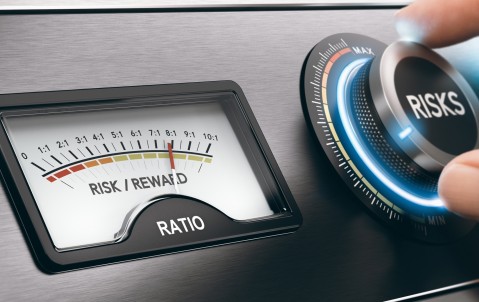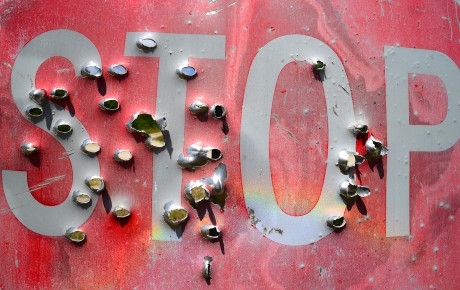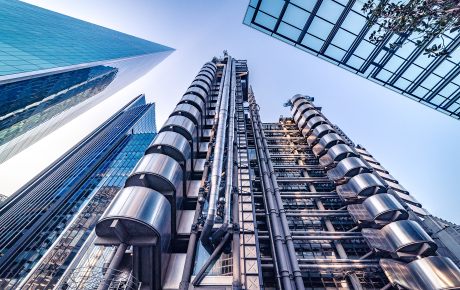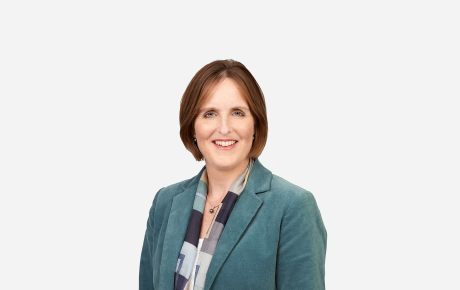
Market on the turn
Some believe our industry will shrug off the heavy cat losses, and that new capital will flood in. They're wrong, which is why prices are already rising.
2017 has turned out to be an historic year for natural catastrophes, due to the devastation caused by Hurricanes Harvey, Irma and Maria (HIM) and the Mexican earthquakes. Our industry’s priority in these disasters is to help the affected communities by paying claims swiftly and helping customers to get back on their feet. This is what we are here for after all. As Robert Hiscox told me many times “pay valid claims fast and with a smile”.
Some people think our industry will be able to largely shrug off these catastrophes, with no impact on insurance, reinsurance and retro prices. Their rationale is that the expected $80 billion to $120 billion of losses only constitute a knock to the industry’s earnings or that a “wall of capital” is waiting to rush in. I disagree. I believe these events will hit many companies’ balance sheets and that only a trickle of alternative capital will come in.
I believe these events will hit many companies’ balance sheets and that only a trickle of alternative capital will come in.
It is hard to predict the impact of the hurricanes on 2017 earnings, for both individual companies and the overall industry level. Hiscox has been following the third quarter announcements from those companies that have announced their hurricane losses so far. To date, they have announced cumulative losses of $37 billion. These exclude the ILS funds whose losses are estimated to be a further $10 billion. This takes us quite a way towards an estimated industry loss of $100 billion. This would be quite a hit of at least 20% to the circa $500 billion of insurance capital exposed to North America, and we know there will be volatility at a company level.
So is it an earnings or a capital event?
We don’t know what companies 2017 results, excluding hurricane losses will be, but we do know what were their 2016 results. This was a relatively benign year and so our team at Hiscox asked the question: if these losses had occurred in 2016, would HIM have impacted companies earnings or balance sheets? Of the 34 companies we follow we estimate that around a third would have suffered capital losses. Some would have been small, but many would have had losses of $500 million or more. This is real money and will affect these companies' leadership and underwriting approaches. Those who did not suffer capital losses tended to have more diversified businesses – companies like Hiscox, Travelers and Chubb. Knowing those companies' leaders, I doubt they will accept their still-material loses with a shrug. They too will be looking for price rises and payback. This year has had more attritional losses than 2016 and casualty results have continued to deteriorate, so I expect that in 2017 more companies will have suffered and so there will be a greater desire to increase prices.
At the same time, the frequency of hurricane and other large losses are likely to make insureds and primary companies wonder whether they should still be as brave with their deductibles and retentions. Many will decide they should not, so demand for cover will increase. Sellers' higher price expectations combined with greater demand from buyers will consolidate price rises. We are already seeing some evidence of this, particularly in loss-affected and loss-exposed US property lines, with rate increases of between 10% and 50% and sometimes more.
If you bought shares in a company and then watched their value fall by 25%, how would you feel about doubling up on your investment?
Some argue there is a vast, untapped reservoir of capital just waiting to come into the insurance market when the moment is right. The most likely route for this is via ILS funds. The ILS and cat bond funds have lost approximately $10 billion from the hurricanes, according to industry estimates. In addition to these actual losses, ILS funds will have to collateralise reinsurance layers which might be “loss affected”, even if they have not yet suffered a loss. This collateralisation, known as side pocketing, could tie up as much as an additional $10 billion. So, in total, $20 billion of an estimated ILS market of $80 billion will not be available to support 2018 underwriting. This is a substantial amount of money to raise, and remember that a big chunk of it has to be here by 1 December so that it can be deployed to support 1 January underwriting.
It is also important to bear in mind that people manage money, not computer models. If you bought shares in a company and then watched their value fall by 25%, how would you feel about doubling up on your investment? I don’t believe fund managers who have just lost a lot of money on these hurricanes will double down that quickly. Some will replace what has been lost or side pocketed, but I do not see this happening immediately and newcomers will likely put small amounts to work first, and then increase their investment over the next two to three years. So I believe that we will see a trickle not a flood of new money into the industry.
All of these factors are driving price corrections, first among affected lines of business, such as large property insurance and catastrophe insurance, which will then have a ripple effect out to other lines, as the contraction in capital starts to bite. Many companies will want to buy more insurance, for instance flood cover, so it’s this combination of reduction in supply and an increase in demand which means that pricing will go up and needs to go up.
Talk is cheap, words even cheaper. We will soon see the forces of supply and demand at work as all industry participants have to put their money on the table.




